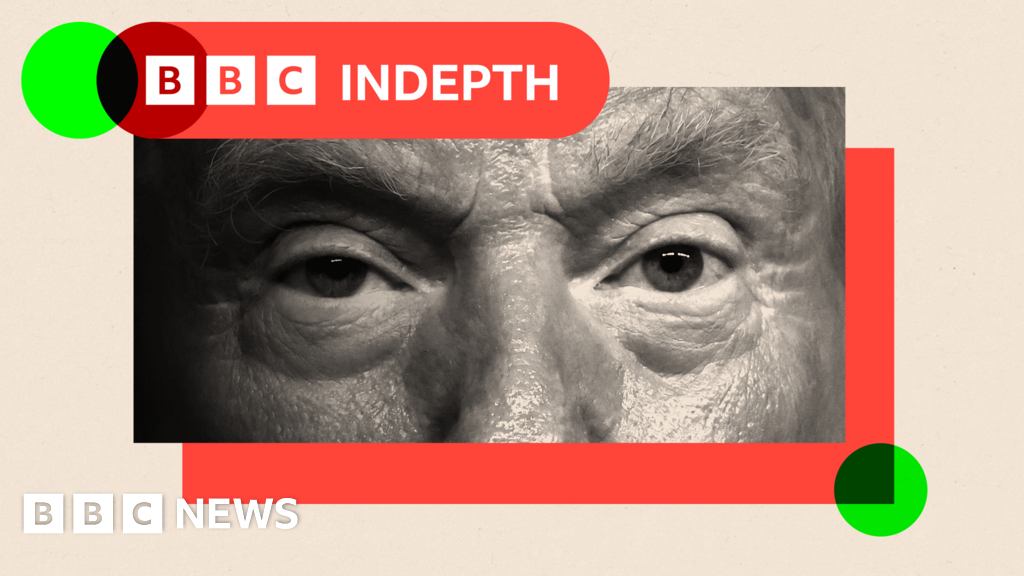Quantum critical points are thresholds that mark the transition of materials between different electronic phases at absolute zero temperatures, around which they often exhibit exotic physical properties.
One of these critical points is the so-called Kondo-breakdown quantum critical point, which marks the collapse of the Kondo effect (i.e., quantum phenomenon that entails the localization of magnetic moments in metals), followed by new emergent physics.
Researchers at Ludwig-Maximilian University of Munich, Rutgers University, and Seoul National University set out to further study the dynamical scaling associated with the Kondo-breakdown quantum critical point, utilizing a theoretical framework describing heavy fermion materials known as the periodic Anderson model.
Their paper, published in Physical Review Letters, proposes a new mechanism that could underpin some of the unusual properties of the strange metal state of matter.
“Our initial incentive was to explore heavy fermion quantum criticality with modern, state-of-the-art computational methods that can resolve dynamics at much lower energies than previously studied,” Andreas Gleis, first author of the paper, told Phys.org.
“The results on strange metal behavior in our PRL paper that came out of this study were more or less an unexpected surprise.”
In their paper, Gleis and his colleagues introduce a new theory that describes the unusual dynamical response observed in many heavy fermion materials in proximity to their quantum critical points when they transition to the strange metal phase. Using computational methods, the researchers show that some fluctuations in these materials decay at a slow Planckian rate when they are in the quantum critical region governed by the quantum critical points.
“Interestingly, we find that critical collective short-ranged current fluctuations are also governed by this slow Planckian decay rate, which allows us to describe the unusual optical responses found in strange metals as an intrinsic property of the strange metal state,” explained Gleis.
“How single-electron dynamics decay in the material, on the other hand, does not play a significant role. This is in stark contrast to the widespread ‘marginal Fermi liquid’ hypothesis, where single electron decay is at the heart of strange metal optical properties.”
The researchers’ paper suggests that the Kondo-breakdown quantum critical point considered in their study is an intrinsic (i.e., disorder-free) strange metal fixed point. Notably, their theoretical predictions are aligned with optical conductivity measurements collected as part of experiments focusing on the heavy-fermion compounds YbRh2Si2 and CeCoIn5.
This study also proposes a new mechanism that could underpin the intrinsic strange metal behavior reported in various heavy fermion materials. This mechanism, prompting the unusual optical properties that are intrinsic to strange metals, is rooted in critical short-ranged scattering (i.e., the strong and local electron-electron interactions observed close to a quantum critical point).
“In the near future, we plan to explore the mechanism and the properties of our newly found strange metal in more detail,” added Gleis.
“We want to know under what precise conditions such strange metals arise, for instance, what kind of interactions are required and in what parameter regime they can be expected, and whether they also arise in other strongly correlated systems, such as cuprate superconductors.
“Furthermore, we want to know whether and how the dynamics of the strange metal influence phenomena such as unconventional superconductivity.”
More information:
Andreas Gleis et al, Dynamical Scaling and Planckian Dissipation Due to Heavy-Fermion Quantum Criticality, Physical Review Letters (2025). DOI: 10.1103/PhysRevLett.134.106501.
© 2025 Science X Network
Citation:
Study proposes new mechanism underpinning intrinsic strange metal behavior (2025, March 30)
retrieved 30 March 2025
from
This document is subject to copyright. Apart from any fair dealing for the purpose of private study or research, no
part may be reproduced without the written permission. The content is provided for information purposes only.


















